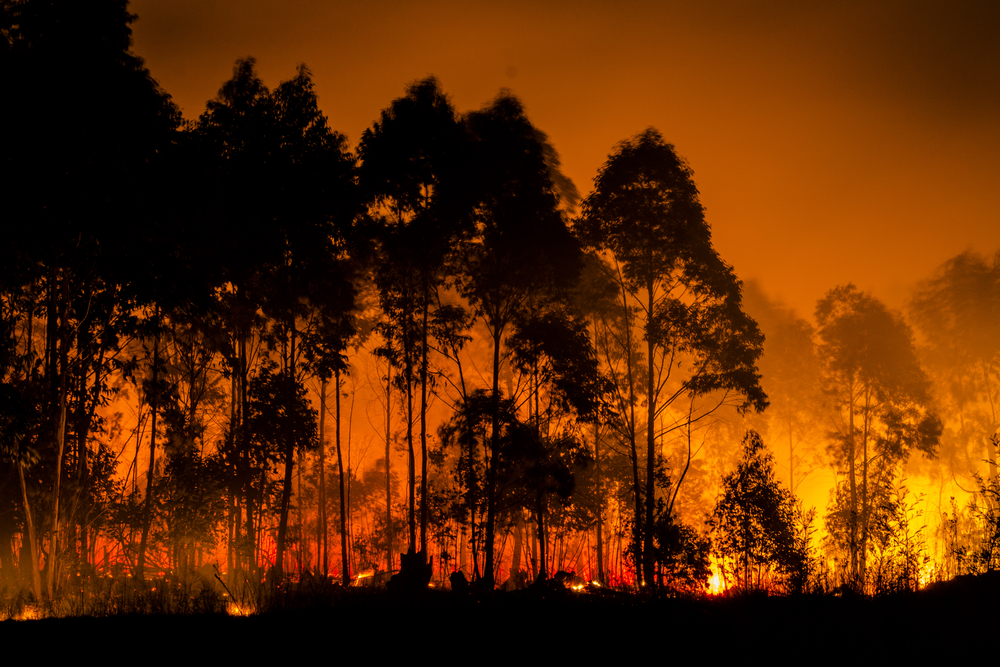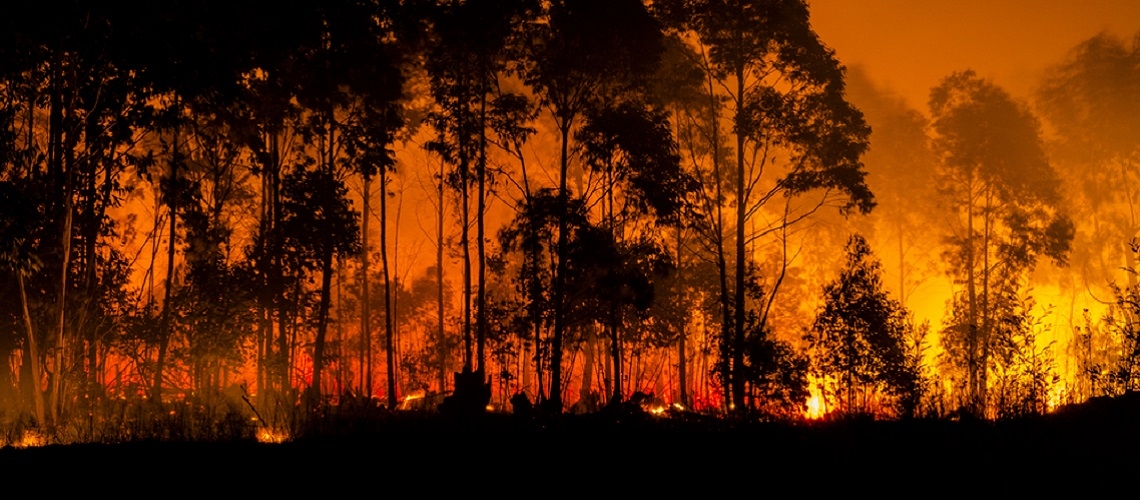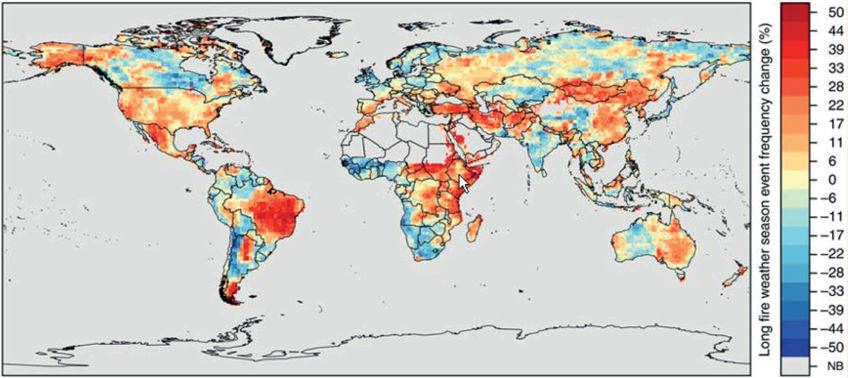
How governments can take action to limit extreme wildfires

Photo: Shutterstock / Nico Jacobs
This blog by Karin Erika Kemper was originally published on Development and a Changing Climate
Across the globe, wildfire seasons are becoming longer and harsher, and the frequency, intensity and magnitude of extreme wildfires is increasing . The 2020 wildfire season is now on the horizon, and, given the driest summer in Latin America in 14 years, promises to be devastating. In addition, wildfires will be another burden for countries to contend with as they respond to the COVID-19 crisis.
"In 2019 alone, the Global Forest Watch counted over 4.5 million fires worldwide that were larger than one square kilometer."
In 2019 alone, the Global Forest Watch counted over 4.5 million fires worldwide that were larger than one square kilometer. These fires spanned the Amazon, Alaska, Australia, California, Europe, Indonesia and Russia – ravaging ecosystems, communities and economies. What’s more, wildfires destroy habitat, forcing wild animals to flee forest areas and risking increased contact with people and domesticated animals that could lead to the transmission of diseases like COVID-19.

Figure 1 - Global Changes in the Frequency of Long Fire Weather Seasons Over 1979-2013 Due to Climate. Reds indicate areas where fire weather seasons have lengthened or long fire weather seasons have become more frequent. Blues indicate areas where fire weather seasons have shortened or long fire weather seasons have become less frequent. Source: Jolly et al. 2015 in IUFRO 2019
Interestingly, less than 10% of wildfires result in more than 90% of the total area burned annually. These destructive events are known as “extreme wildfires” – fires that exceed humanity’s ability to control and suppress them. For the most part, such extreme wildfires are the result of policy, planning and governance decisions related to land use, coupled with demographic shifts and increasingly adverse weather conditions due to climate change.
So, what can governments do to avoid or mitigate such wildfires in the future?
A new World Bank policy paper Managing Wildfires in a Changing Climate helps answer this question with policy recommendations that can help countries better prepare for this new, more fire-prone world. Here are five suggestions:
- Refocus land use policies and incentives for better land-use planning and management: This entails actions such as eliminating perverse incentives that encourage practices such as clearing forest land for other uses through fire; clarifying land tenure rights to reduce careless use of fire or use of fire to gain access to land; and strengthening coordination across sectors to reduce conflicting practices.
- Invest in both fire suppression and prevention: Worldwide, wildfire management is often treated as an emergency rather than part of routine landscape management. Governments thus need to balance investment in fire suppression with measures to prevent wildfires such as reducing fuel loads, restoring ecosystems to natural fire patterns, and educating fire users.
- Implement existing fire management techniques: Proven practices and tools – such as fire monitoring and early detection, fire danger rating, and asset vulnerability management such as through buffer zones and the adoption of codes and standards – should be implemented or scaled-up.
- Improve wildfire data collection and analysis: Wildfire data collection and analysis is needed to build understanding of what causes a fire and to identify gaps in prevention and response capacities. With good data, governments can review wildfire management practices to identify what works and what doesn’t.
- Strengthen stakeholder coordination and preparedness: Wildfire management and response involves many stakeholders including local communities, various levels of government, the private sector and civil society organizations. Involving all stakeholders in fire management planning helps establish clear functions, tasks and responsibilities to enable effective coordination.
While such wildfire prevention measures may get less recognition and publicity than suppression efforts, they are essential if we are to reduce the social, economic and ecological costs of extreme wildfires and meet objectives under the Sustainable Development Goals, the Paris Agreement on climate change and the post-2020 biodiversity framework.
For stories and updates on related activities, follow us on twitter and facebook, or subscribe to our mailing list for regular updates.
Last Updated : 06-16-2024








